Mercedes team principal Toto Wolff has explained how "a mechanical upgrade" introduced on the W16 earlier this year resulted in another problem 'creeping' into the car.
Reverting to a pre-Imola spec rear suspension, George Russell scored his first podium since his victory in the Canadian Grand Prix with third place in Hungary on Sunday, whilst Kimi Antonelli finally ended his miserable European drought.
Since an upgrade was placed on the car for the Emilia Romagna Grand Prix, Antonelli has severely struggled, failing to score a point in the six previous European races up until the grand prix in Budapest in which he finished 10th on the back of a one-stop strategy.
Explaining the upturn in form at the Hungaroring, speaking to the media, including RacingNews365, Wolff said: "We tried to solve a problem with the Imola upgrade with a mechanical upgrade.
"It may not have solved the issue, but what it did do was let something else creep into the car, an instability that took all confidence from the drivers, and it took us a few races to figure that out.
"Also, we were misled a little bit by the win in Montreal, which left us thinking that maybe it's not so bad. It [the upgrade] went off [the car], and we're back to solid form."
Mercedes simulations 'utterly wrong'
Following a strong start to the season for both drivers, with Russell scoring four podiums in six races before Imola, and Antonelli collecting points in five of six grands prix, the natural belief would have been that the Imola upgrade would add performance.
Except for the Montreal anomaly, with Antonelli netting his maiden podium with third behind winner Russell, the update proved to be a complete disaster.
Mercedes effectively wasted considerable time, resources and development on a package that failed to deliver, after being let down by its tools.
"Upgrades are there to bring performance," added Wolff. "A lot of simulations and analysis go into putting parts on the car, and then they're just utterly wrong.
"So you need to go back to the analogue world and put it on the car and see what it does, and if it doesn't do what it what it should, that's the tricky bit, I guess, for everyone in Formula 1.
"How do you bring correlation from what the digital world tells you into the real world? That has been a feature, and this is the latest example of how it's tripped us over."
Also interesting:
WATCH: Russell fires Leclerc disqualification theory as FIA brand Verstappen 'ambitious'
Join RacingNews365's Ian Parkes and Nick Golding, as they dissect the final race before the F1 summer break – the Hungarian Grand Prix!
Don't miss out on any of the Formula 1 action thanks to this handy 2026 F1 calendar that can be easily loaded into your smartphone or PC.
Download the calenderMost read
In this article
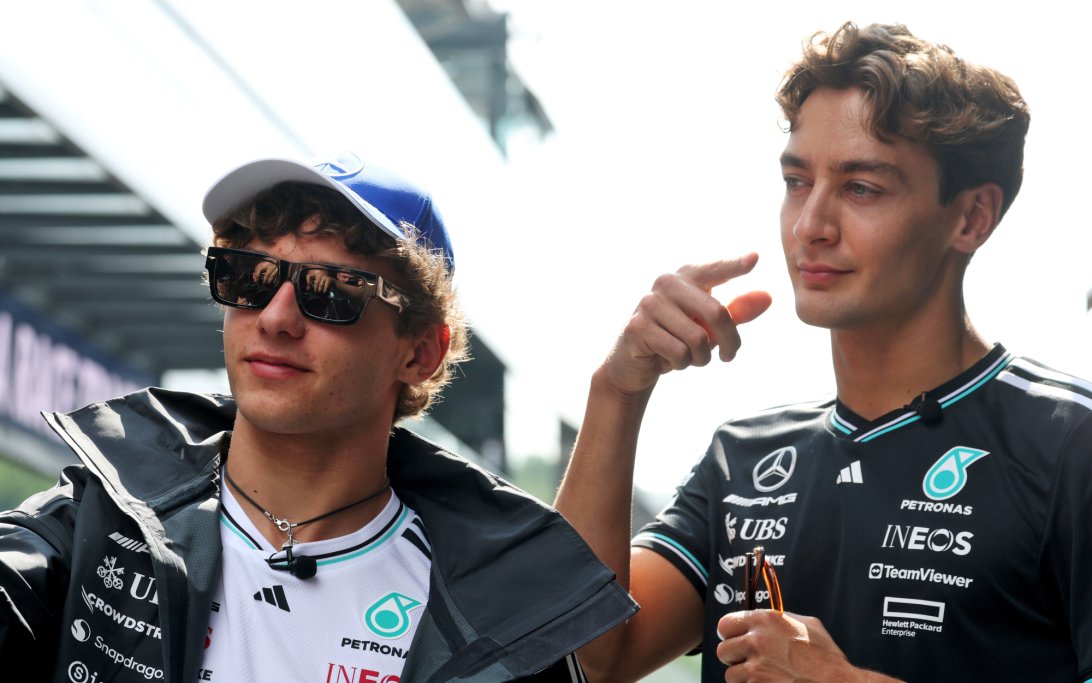
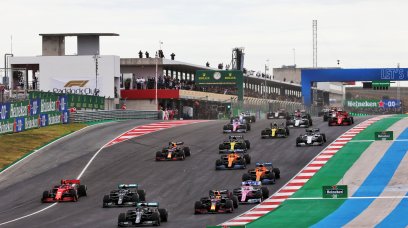
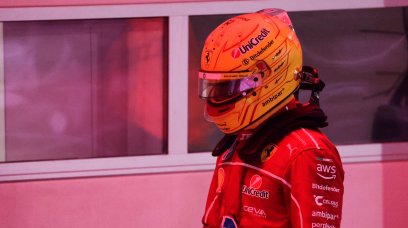
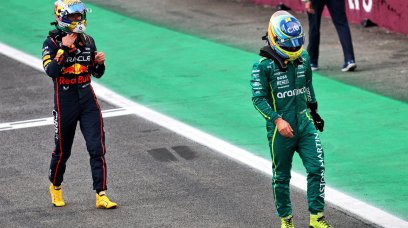

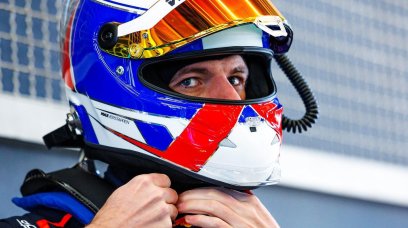
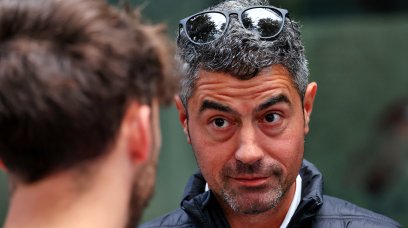

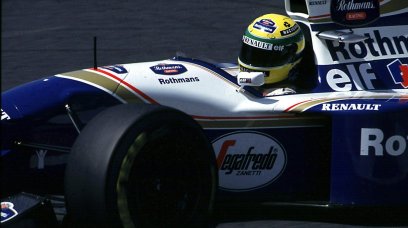

Join the conversation!